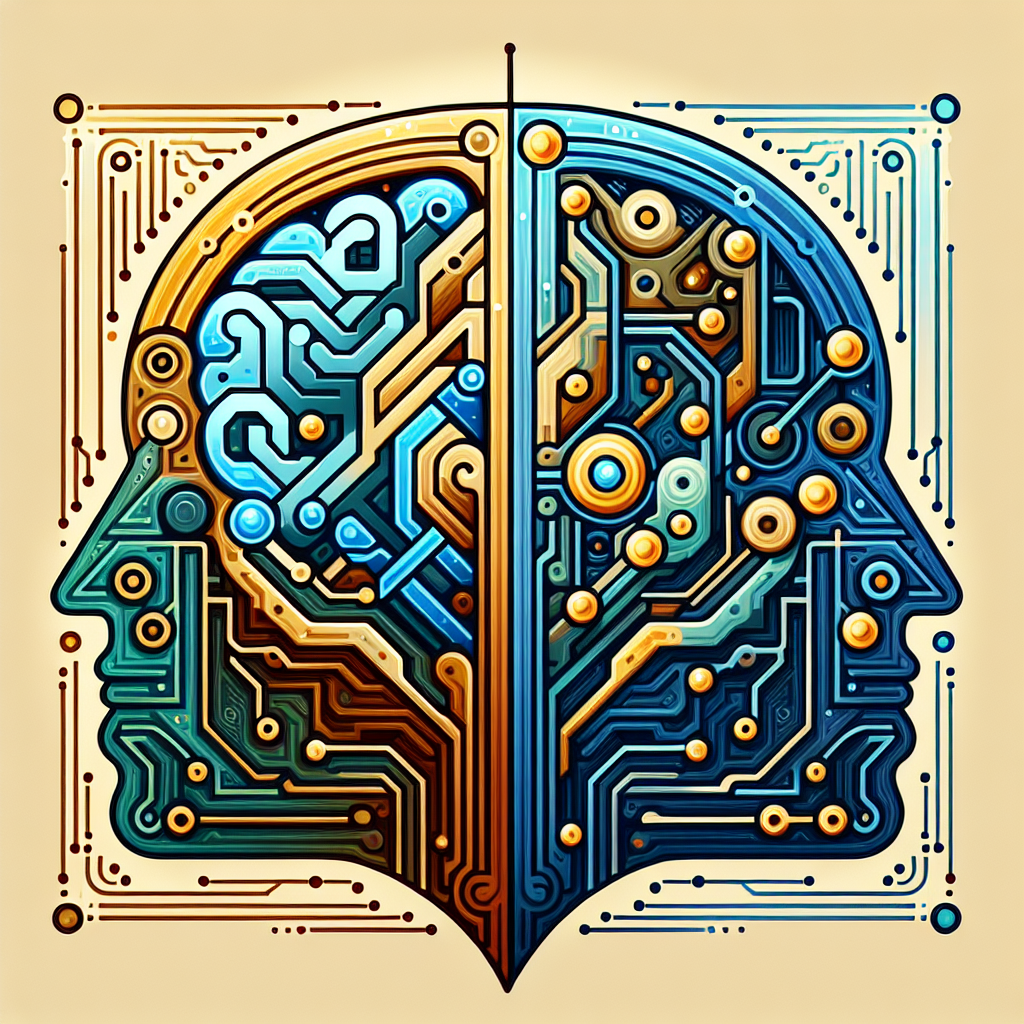Generative AI: Bridging the Gap Between Human and Machine Creativity
Artificial Intelligence (AI) has made significant advancements in recent years, with applications ranging from autonomous vehicles to medical diagnostics. One area that has seen rapid growth is generative AI, which focuses on creating new content such as images, music, and text. Generative AI algorithms have the ability to mimic human creativity, blurring the lines between what is created by humans and what is created by machines.
Generative AI works by training algorithms on large datasets of existing content, such as images or text, and then generating new content based on that training. These algorithms can create realistic images, compose music, and even write articles that are indistinguishable from those created by humans. This technology has the potential to revolutionize a wide range of industries, from entertainment to design.
One of the key benefits of generative AI is its ability to augment human creativity. By providing artists, designers, and writers with new tools and inspiration, generative AI can help them push the boundaries of their creativity and explore new ideas. For example, artists can use generative AI to create new visual styles or experiment with different color palettes, while writers can use it to generate plot ideas or dialogue.
Generative AI also has the potential to democratize creativity, making it more accessible to a wider range of people. By providing users with easy-to-use tools for generating content, generative AI can empower individuals who may not have traditional artistic or creative skills to express themselves in new ways. This can lead to a more diverse and inclusive creative landscape, where a wider range of voices and perspectives are represented.
However, generative AI also raises ethical and social concerns. For example, there are concerns about the potential misuse of AI-generated content, such as deepfake videos or fake news articles. There are also concerns about the impact of generative AI on traditional creative industries, such as music or writing, where AI-generated content could potentially devalue the work of human creators. These issues will need to be addressed as generative AI continues to advance.
Despite these challenges, generative AI has the potential to revolutionize the way we create and consume content. By bridging the gap between human and machine creativity, generative AI can unlock new possibilities for artistic expression and innovation. As this technology continues to evolve, it will be important for policymakers, creators, and technologists to work together to ensure that generative AI is used responsibly and ethically.
FAQs:
Q: How does generative AI work?
A: Generative AI works by training algorithms on large datasets of existing content, such as images or text, and then generating new content based on that training. These algorithms use complex mathematical models to learn patterns and trends in the data, which they can then use to generate new content.
Q: What are some applications of generative AI?
A: Generative AI has a wide range of applications, including creating realistic images, composing music, and generating text. It can be used in industries such as entertainment, design, and marketing to create new content and inspire creativity.
Q: What are some ethical concerns related to generative AI?
A: Some ethical concerns related to generative AI include the potential misuse of AI-generated content, such as deepfake videos or fake news articles. There are also concerns about the impact of generative AI on traditional creative industries, where AI-generated content could potentially devalue the work of human creators.
Q: How can generative AI benefit creators and artists?
A: Generative AI can benefit creators and artists by providing them with new tools and inspiration to push the boundaries of their creativity. It can help them experiment with new ideas, styles, and techniques, leading to a more diverse and inclusive creative landscape.
Q: What are some future trends in generative AI?
A: Some future trends in generative AI include the development of more advanced algorithms that can create even more realistic and sophisticated content. There is also ongoing research into how generative AI can be used to solve complex creative problems and generate content that is truly original and innovative.

